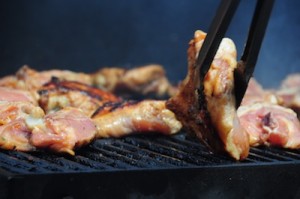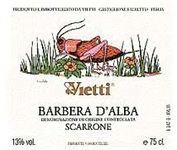AT LAST…2016 Spring Releases
The Ridge 2014s you’ve been asking for
Spring marks many a happy return not least the Spring Releases from Ridge Vineyards. A notable household name since 1962, Ridge remains an American classic. Ridge grows fine wines of provenance worthy of their high acclaim and are somehow still modestly priced considering these moving wines each earned their niche among the American pantheon.
More than fifty years on we are still keen to explore each exceptional single-vineyard every new vintage. This Spring there are three standouts sure to capture your interest as well as bins in your cellar. We feel we have a reliable impression of these singular wines having tasted each on two occasions: once with VP of Vineyard Operations David Gates while he was in town and once during the Spring 2016 virtual tasting. Enjoy while these are yours for the asking!
RIDGE VINEYARDS 2016 SPRING RELEASES
 Ridge 2014 Paso Robles Zinfandel
Ridge 2014 Paso Robles Zinfandel
At 14.4% this is a record low alcohol by volume and lovely for it. Benny’s vineyard offers a diurnal shift in temperature but without the fog keeping an invigorating acidity without any risk to damaging the fruit. Always lifted on the nose yet rich on the palate, Paso Robles has a tannic backbone in 2014 –soft enough for early drinking but concentrated from the minimal 6 ½ inches of rain that year which typically comes down at 14 inches.
This is 100% Zinfandel with the oldest vine rows planted in 1922 on their own roots to these Paso Robles soils of clay, broken down limestone and river rock. Each year some vines need replanting but as is the wont at Ridge, they follow the old ways replanting with like field blends. Bounding out of the glass is a bursting brambly fruit like the deep fragrance of mulberry meeting the licorice lift of hackberry. At once polished and bright, chewy and toothsome, the 2014 Paso Robles is a Zinfandel of great tension.
 Ridge 2014 East Bench Zinfandel
Ridge 2014 East Bench Zinfandel
Another 100% Zinfandel from Northern Sonoma’s Dry Creek on the east side of Dry Creek, this grows in the red clay and round oceanic rocks that comprise the bench which define the finest plots in those parts. Planted in 2000 and 2001 to farmland most recently devoted to pastureland, it turns out this plot was once planted to vines before prohibition so one might say they are picking up an old traditional thread.
A blend of all seven of the blocks available to East Bench –the first vintage they have ever been able to use all seven of the blocks, these Zinfandel vines are a rich mix with some grafted to 110R, a rootstock that holds its leaves longer and thereby ripens fruit to greater depth, and also St George whose roots scavenge the soil, love potassium and loses its acidity to polish blends with a portion of the wine tempering the rest by a higher Ph.
Good textured tannins offer more backbone in 2014 which welcome the earthen and meaty fragrance onto the palate nicely. Now that the vines here are past the first ten or twelve or even fourteen years old, we are seeing more terroir and a greater quality than ever before.
 Ridge 2014 Geyserville
Ridge 2014 Geyserville
Celebrating 50 years, Geyserville is the only Zinfandel Ridge has made every vintage since 1966. Geyserville’s oldest vines are from “Old Patch” –a block that was planted in 1891. A blend of old vines planted to an ancient river bed in the Alexander Valley, Geyserville is a field blend of Zinfandel, Petit Sirah, Carignan, and Mataro (aka Mourvèdre) harvested over three to four weeks in 25 lots and fermented separately. Due to the prevailing drought, 2014 brings an opulence, ageable tannins, and depth.
A telling mark of the vintage is this depth of flavor. The drought meant that vines struggled to take up nutrients which meant the fermentations took longer –spending a longer time on their skins. When that involves their Geyserville Carignan that is 100+ years old –that is special fruit indeed! It’s a pitch black red of plum and dark cherry fruit, expressive of dried herbs and a beguiling exotic fragrance.
91-94 Vinous Media | Antonio Galloni July 2015
We at The Wine Company wish you a spectacular Spring season and hope you enjoy these while they are available. Once sprung, these Spring Releases take off!








